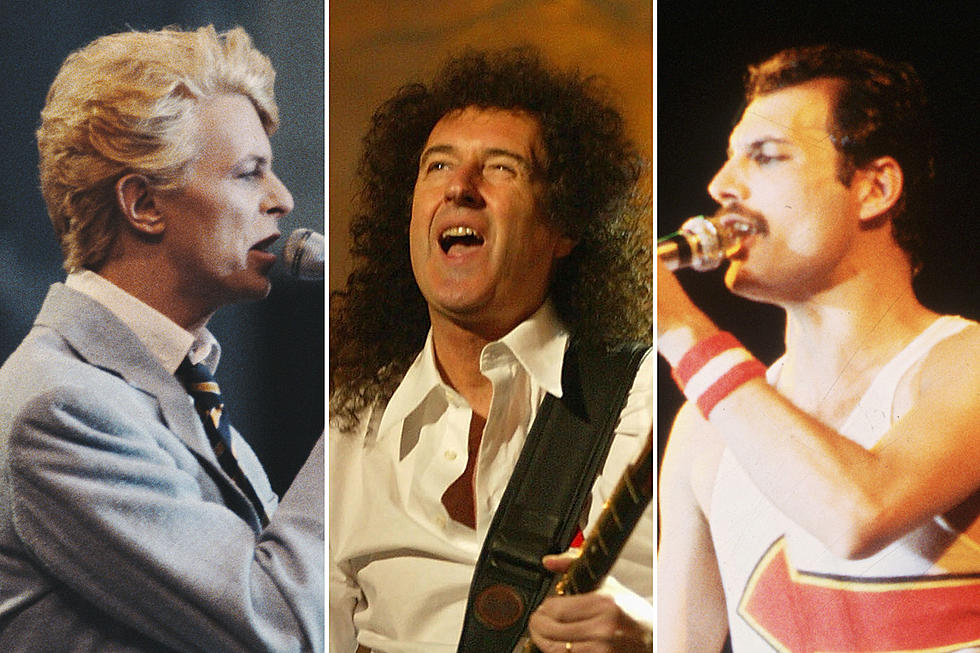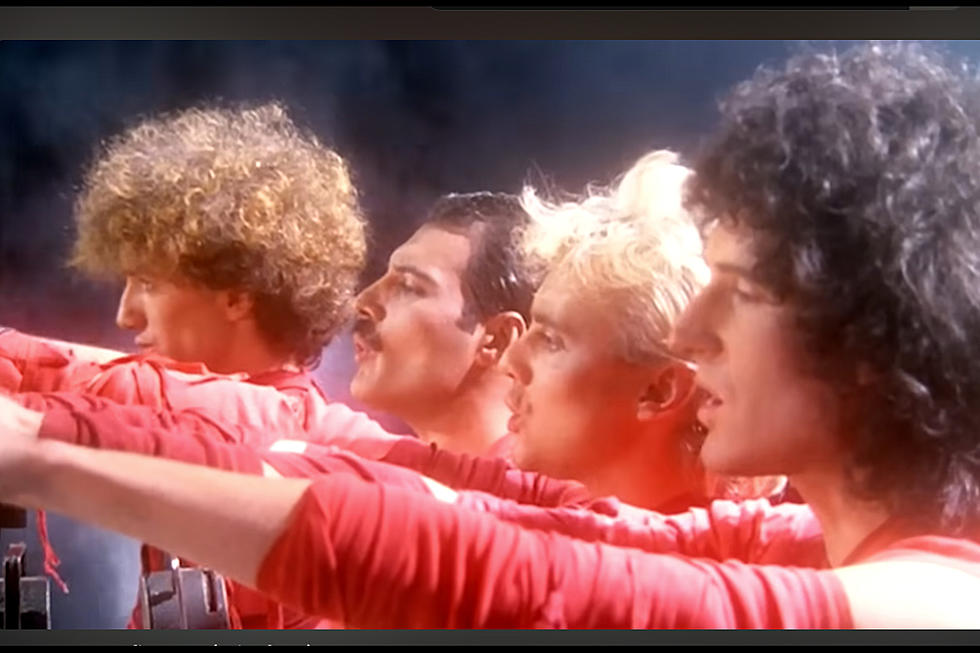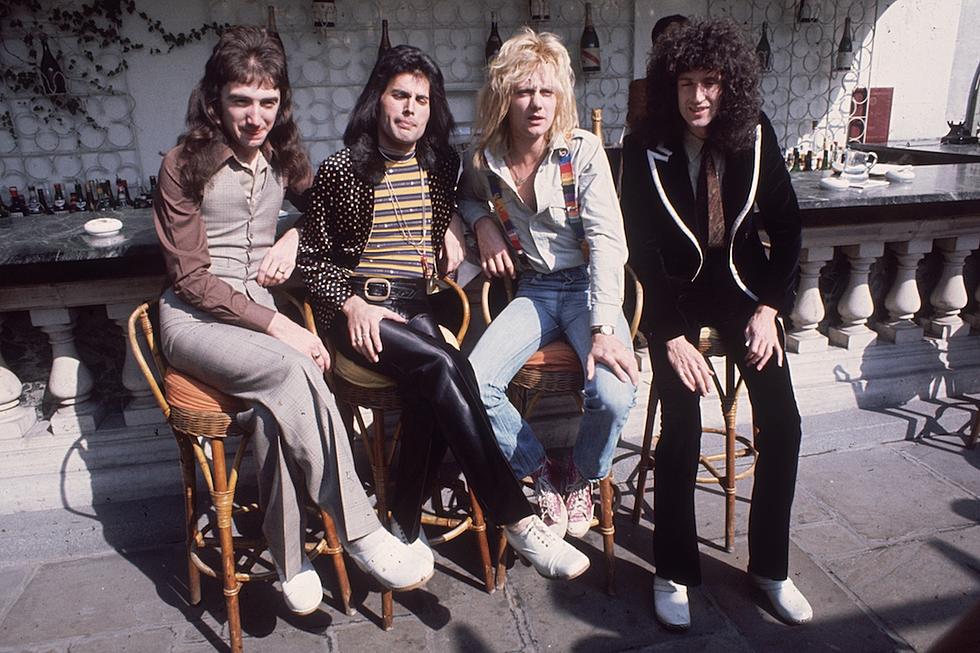The Long Journey Queen’s ‘Brighton Rock’ Took to the ‘Baby Driver’ Soundtrack
Queen's "Brighton Rock" grew out of a lengthy period of experimentation by Brian May, long before the song played a key role in the new movie Baby Driver.
The guitarist's earliest attempts at his distinctive solo date back at least to "Blag," from his time in the pre-Queen band Smile. Later, May began more seriously dabbling with different delay techniques during live performances of "Son and Daughter" from Queen's 1973 self-titled debut album, modifying the then-standard Echoplex in order to layer his solos. But he struggled with the decrepit technology – specifically, he couldn't get the spaces between the delayed sounds far enough apart to play against – and then, more crucially, with a pair of devastating illnesses.
All of it threatened to derail Queen's third album, 1975's Sheer Heart Attack, after May was forced off the road from what should have been a career-making debut U.S. tour with Mott the Hoople. Instead, May was relegated to bed, first battling a virulent strain of hepatitis and then a stomach ulcer. Suddenly, Queen's embryonic career momentum threatened to stall out.
"I felt really bad at having let the group down at such an important place," May said back then. "But there was nothing to do about it. It was hepatitis, which you get sometimes when you’re emotionally run down."
Under pressure to complete the album, May's bandmates went ahead with the recording sessions. In fact, he was still adding his own parts when the media junkets for Sheer Heart Attack got underway. "Nobody knew we were going to be told we had two weeks to write Sheer Heart Attack," Freddie Mercury told Melody Marker in 1974. “And we had to. It was the only thing we could do. Brian was in hospital.”
Listen to Queen Perform 'Son and Daughter' Live in 1974
In that environment, it's easy to see how "Brighton Rock" – with its furious outburst of blues-metal guitar set amid Mercury's story of star-crossed love – came to be. May sounds pent up, simply bursting with ideas throughout the album. That's nowhere more true than on this track, as May finally achieved the symphonic guitar duet he dreamed of for so long.
"The delay [times] I wanted weren’t available on the Echoplex," May told Guitar World in 2008. "Eventually, I had two home-adapted Echoplexes. And I discovered that if you put each echo through its own amp, you wouldn’t have any nasty interference between the two signals. Each amp would be like a full-blown, sustaining, over-driven guitar which didn’t have anything to do with the other one. 'Brighton Rock' was the first time that got onto a record."
May's health issues, and the unexpected scheduling setbacks they caused, weren't the only thing making Queen hungrier and more focused than ever. They were actually pretty hungry. Trident Productions, their management firm, had put Queen on a stipend that barely covered daily costs in an effort to recoup their investment for sprawling studio costs. That wouldn't take long. "Killer Queen," the first single from Sheer Heart Attack, shot to No. 2 on the U.K. charts while becoming their first-ever U.S. Top 20 hit. The album peaked at No. 12, another early high-water mark, and Queen were on their way.
Today, the opening track from Sheer Heart Attack finds prominent placement in Baby Driver, a film centered on a youthful getaway driver who listens to music to focus – and to relieve tinnitus. (Also featured in the film: Golden Earring's "Radar Love," Focus' "Hocus Pocus" and, of course, Simon and Garfunkel's "Baby Driver.") But "Brighton Rock" – which, in earlier incarnations, had been known as "Bognor Ballad," "Southend Sea Scout" and "Happy Little F---" – also serves as a lasting reminder that it all could have gone another way for Queen.
Queen Albums Ranked From Worst to Best
More From Ultimate Classic Rock









